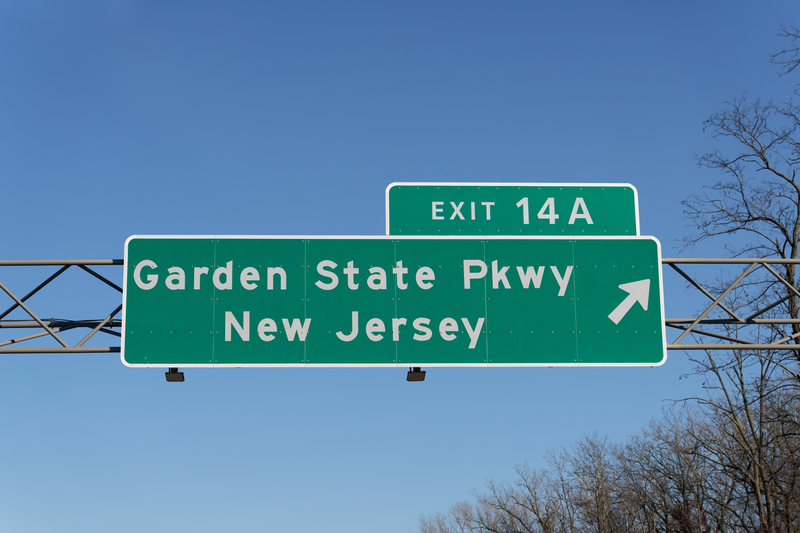Garden State Parkway’s Toll-Free Dream Unfulfilled Amid Expansion and Operational Needs
Trenton, NJ – The Garden State Parkway, initially envisioned as a self-liquidating toll road to ease post-World War II traffic congestion along the New Jersey coast, has not become toll-free as once speculated. Following the war, the spike in highway traffic, exacerbated by numerous traffic lights, resulted in travel times exceeding three hours between Paterson and Atlantic City. To address this, plans for a high-speed parkway, initially dubbed the Route 4 Parkway, were laid out in 1946, aiming to bypass the congested Route 4.
Construction of the parkway began in 1947, with the first section opening in 1950. This early segment, known for its distinctive stone-faced overpasses, stretched from Woodbridge Township to Cranford in Union County. Financial constraints halted further development until the New Jersey Highway Authority (NJHA) was established in 1952, tasked with completing and managing the parkway as a toll road from Cape May to the New York state line. Promotional literature of the era hinted at a future where the parkway would transition to toll-free status once the bonds financing its construction were repaid.
Despite these initial plans, the expectation that the Garden State Parkway would eventually shed its tolls has not been realized. The parkway remains a toll road, underscoring the challenges of balancing infrastructure development with financial sustainability.
